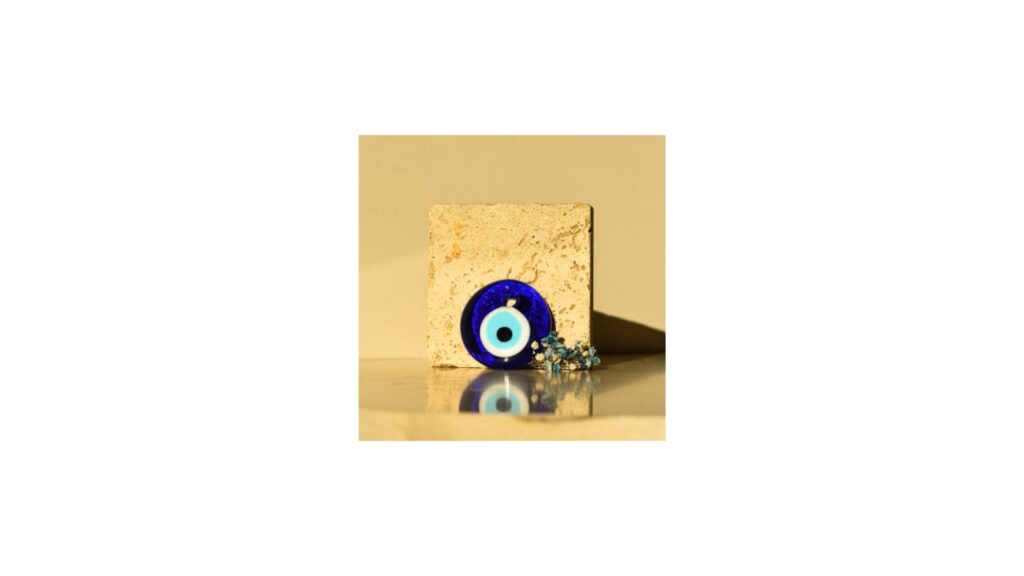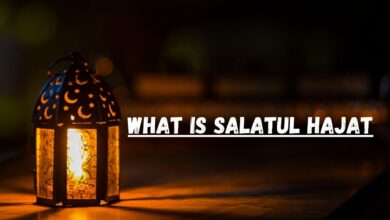What does the Black Evil Eye Mean ?
The Mysterious Power of the Black Evil Eye: Unraveling Its Significance


Introduction
The black evil eye, known by various names across different cultures and regions, has long been a symbol of fear and intrigue. Often depicted as a sinister glare, this ancient belief is rooted in superstition and folklore. From the Mediterranean to the Middle East, South Asia, and beyond, the concept of the evil eye has permeated societies for centuries, leaving a lasting impact on beliefs and traditions. In this article, we delve into the origins, meaning, and cultural significance of the black evil eye.
Origins of the Evil Eye
The origins of the evil eye can be traced back to ancient civilizations. In Mesopotamia, Assyria, and Babylon, amulets resembling eyes were worn to ward off malevolent stares. The belief in the evil eye later spread to Egypt and Greece, where it was intertwined with the mythology of powerful deities and protective symbols.
Across various cultures, the evil eye was associated with envy, jealousy, and the negative energy that could harm or bring misfortune to others. It was believed that some individuals possessed the power to cast this malevolent gaze upon others, leading to physical or emotional afflictions.
The Concept of the Black Evil Eye
The “black” evil eye refers to the darker, more malevolent aspect of the belief. In many cultures, it is believed that an evil eye can manifest in different colors, each representing varying degrees of intensity. The black evil eye is seen as the most potent and dangerous, capable of inflicting severe harm upon its unfortunate target.
This sinister notion of the evil eye is often associated with individuals who are believed to have innate powers to cause harm with their envious or malicious stares. These malevolent individuals might be unaware of their abilities, and their harmful effects could be unintentional. In some cultures, the ability to cast the evil eye is even considered a curse in itself, as those afflicted with this power may suffer from isolation and fear.
Protective Measures Against the Evil Eye
Given the widespread belief in the evil eye’s potency, numerous protective measures have been devised across cultures to guard against its malevolence. Talismans and amulets, such as the nazar boncuk in Turkey or the hamsa hand in the Middle East, are commonly used to deflect or absorb the negative energy of the evil eye. These symbols are believed to have the power to repel evil and protect individuals, homes, and possessions from harm.
In some cultures, rituals and ceremonies are performed to ward off the evil eye. These rituals often involve reciting prayers, burning incense, or using protective charms. The goal is to create a shield of positive energy to counteract the negative effects of the malevolent gaze.
Cultural Significance and Modern Interpretations
The concept of the evil eye continues to hold cultural significance in many societies. It has become an integral part of traditional customs and practices, passed down through generations as a form of cultural heritage. While the belief in the evil eye might appear superstitious to some, it is essential to recognize its value in understanding cultural identity and preserving historical traditions.
In modern times, the black evil eye’s symbolism has transcended cultural boundaries and has become a popular motif in fashion and jewelry. Many people wear evil eye jewelry not only for its aesthetic appeal but also as a symbol of protection and good fortune.
Psychological Aspect of the Evil Eye Belief
From a psychological perspective, the belief in the evil eye serves as a coping mechanism for uncertainties and anxieties about the unknown. It provides an explanation for unfortunate events and offers a sense of control over one’s destiny. By attributing negative outcomes to the malevolent gaze, individuals may find solace in the belief that they can protect themselves from harm by taking necessary precautions.
Conclusion
The black evil eye remains an enigmatic symbol that continues to fascinate and mystify people worldwide. Its origins in ancient civilizations, intertwined with superstitions and folklore, have shaped its cultural significance across diverse societies. While some may dismiss the belief in the evil eye as mere superstition, its enduring presence in various cultures highlights its deep-rooted impact on human psychology and the importance of preserving cultural heritage and traditions. Whether considered a tangible threat or a symbol of protection, the black evil eye serves as a reminder of the rich tapestry of human beliefs and the complexity of our shared cultural history.
What does the Black Evil Eye Mean ?
The black evil eye is a belief rooted in various cultures, symbolizing the malevolent power of envy or jealousy. It is thought that individuals with this power can cause harm or misfortune to others through their envious or malicious stares.
Is the black evil eye a physical object?
No, the black evil eye is not a physical object. It is a symbolic concept representing the negative energy associated with the malevolent gaze of certain individuals.
What colors can the evil eye manifest in?
The evil eye can be associated with different colors, each representing varying degrees of intensity. The black evil eye is considered the most potent and dangerous, capable of inflicting severe harm.
What cultures believe in the evil eye?
Belief in the evil eye is widespread and can be found in various cultures across the Mediterranean, the Middle East, South Asia, and beyond. It has been part of ancient civilizations and continues to hold cultural significance today.
What does the black evil eye symbolize?
The black evil eye symbolizes the fear of envy and jealousy, capable of causing harm, illness, or misfortune to its target. It serves as a reminder of the need for protection against negative energies.
How do people protect themselves from the evil eye?
People use various protective measures against the evil eye, such as wearing amulets or talismans like the nazar boncuk or hamsa hand. They may also perform rituals and ceremonies to counteract the negative effects.
Is the belief in the evil eye still prevalent today?
Yes, belief in the evil eye remains prevalent in many societies. While some view it as a superstition, it continues to be an integral part of cultural practices and traditions, passed down through generations.
Can the evil eye cause unintentional harm?
Yes, in some cultures, individuals who possess the power of the evil eye may not be aware of their abilities, and their harmful effects could be unintentional. In such cases, they may be considered cursed themselves.
Why is the black evil eye considered potent?
The black evil eye is considered potent because it represents the most intense and dangerous form of the malevolent gaze. It is believed to have the ability to cause significant harm or bring about severe misfortune.
Is the belief in the evil eye solely a religious concept?
While the evil eye is often associated with certain religious beliefs, it is not limited to any specific faith. It transcends religious boundaries and is prevalent in both religious and secular contexts.





